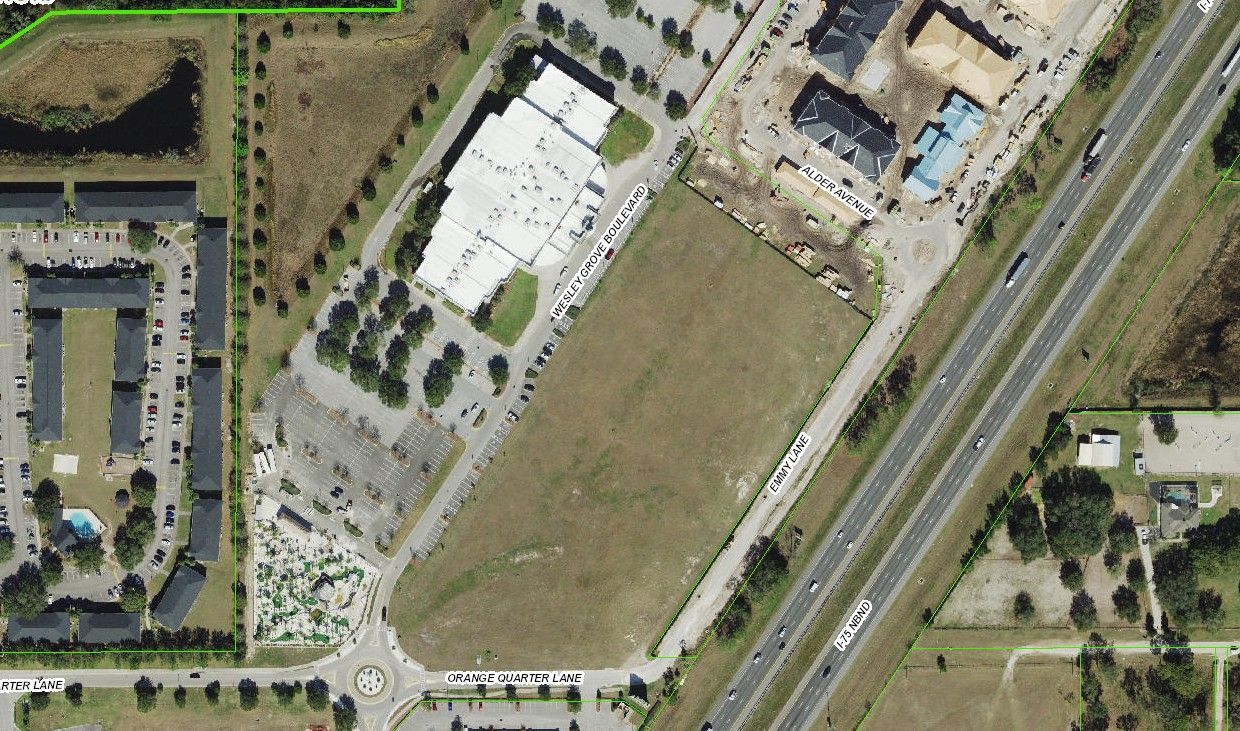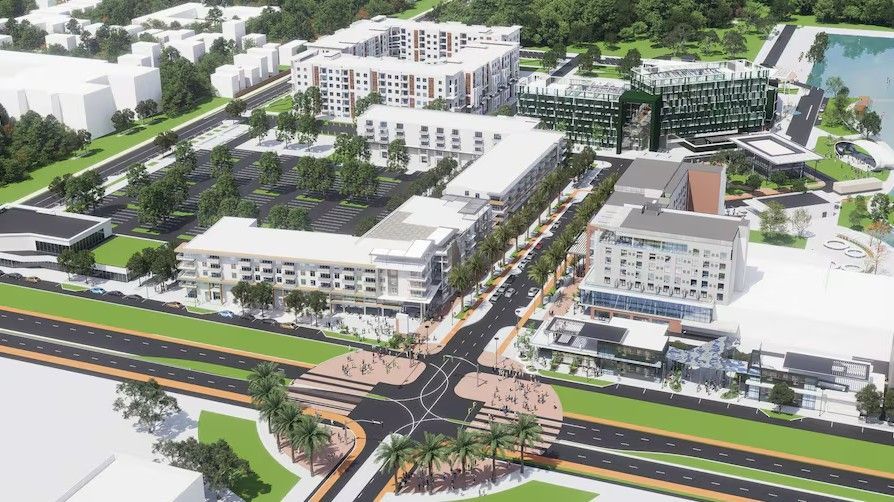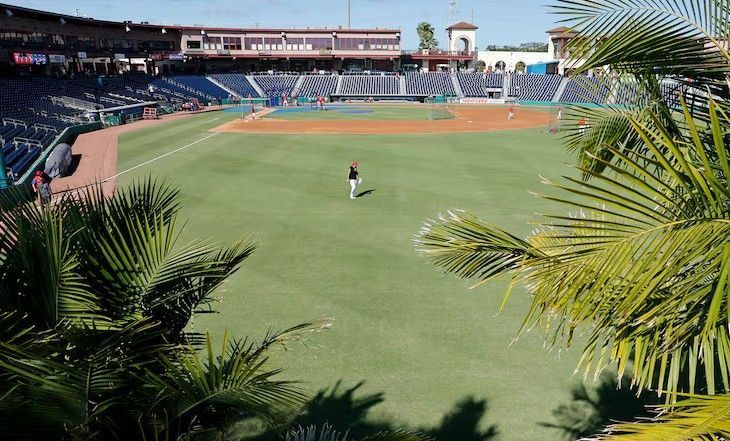Related, launching cold storage distribution facilities
New York-based firm Related is launching a business called RealCold, intended to be a network of cold storage distribution facilities to meet consumer needs from the rise of online grocery shopping. RealCold will break ground later this year on the first two cold storage locations with one in Lockhart, Texas and the other in Lakeland, Florida.
The warehouses will be over 300,000 square feet and can store food at temperatures from -20 degrees to 55 degrees Fahrenheit. The Cold storage sector is a highly specialized sector of the $20-trllion commercial real estate industry. Property investors such as Related believe supply chain changes with a growing number of consumers will boost the business thanks to more and more consumers wanting more local foods and diverse brands.
E-commerce and remote work have shifted other aspects of commercial real estate, online activity is not expected to make comparable shifts in demand for cold storage. That is not to say that cold storage is not experiencing huge changes. More consumers have begun ordering groceries online, changing the role physical stores play along the supply chain. Additionally, consumers tastes have diversified. Big food companies are no longer the first option for shoppers as more and more find newer brands to be better and more innovative.
Cold storage inventory fell 7% during the pandemic as warehouses shifted shipments from restaurants to home deliveries and stores. As of late though, conditions and profitability have improved, and the development pipeline of sold storage facilities has ramped up since 2021. The cold storage business is risky since it requires a lot of upfront investment, and they cost two to four times more than regular warehouses to develop on a per-square-foot-basis.
Americold and Lineage Logistics is the world’s largest cold storage provider with over 400 facilities. The company does not typically build new facilities unless they are pre-leased given the high cost of creating numerous ranges of temperature-controlled environments. RealCold will spend around $150 million on the first two warehouses with plans to expand to over 10 facilities in 6 markets by the end of 2025. Not all space is leased in the first two projects – which will be completed in two years.
The Lakeland location will be 376,000 SF. There will be two 8,000 SF offices, and a 2,000 SF dock office. There will be 40+ dock doors with 50' clear heights. There is also 43,000 Pallet Positions with 96in openings. The location is described as strategic by RealCold as the location is close to the Tampa, Orlando, and Lakeland MSA's. It is expected that the location will be open by January 2025.
A PDF can be downloaded here: Real Cold Lakeland, Florida.
Source: Wall Street Journal
Thank you for your interest. If you need appraisal and valuation services in Lakeland, please contact:
Mike Cliggitt, MAI, MRICS, CCIM
863.661.1165 - Direct Line
SHARE CONTENT





